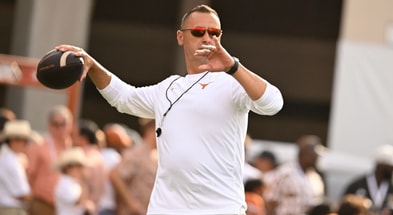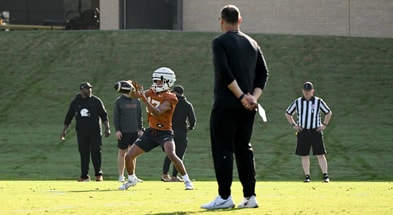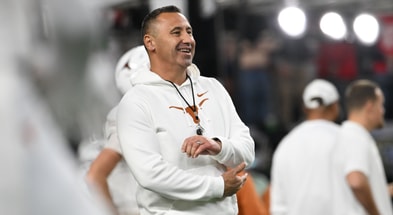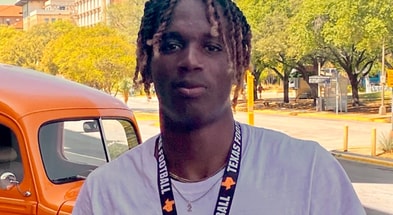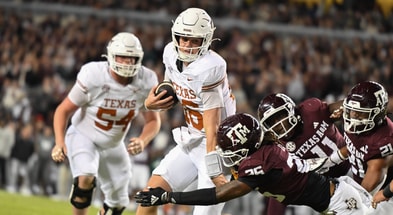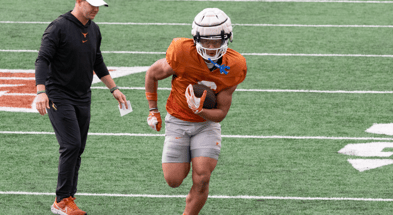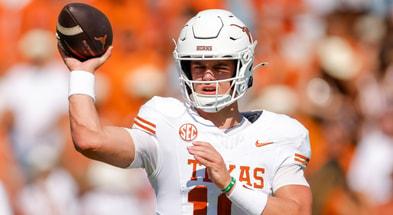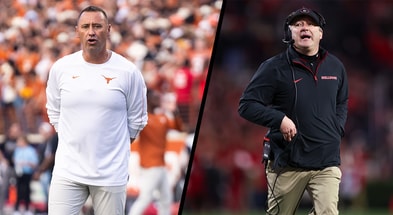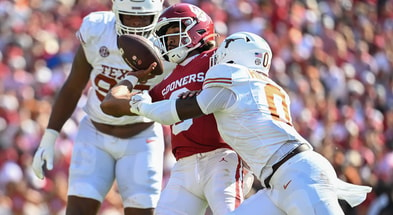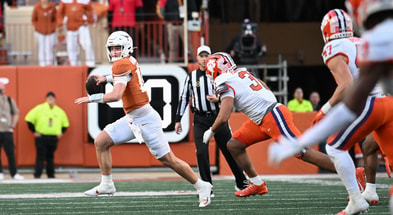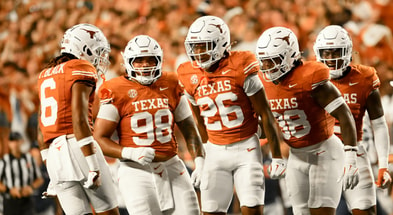Texas Longhorns Football Mirrored Through Military History

I’m burnt out by contemporary fiction. I’m also over tracking how many books I read per year and whether I’m on pace with my reading goals. So, I’ve decided to go back to big novels and historical nonfiction, mainly military history.
[Order THE LONGHORN ALPHABET today! Teach your little ones the A to Z’s of Texas Football!]
With my son being completely ravenous for anything military-related, we’ve gone to three reenactments in the last four months. And on the days in 2025 we haven’t discussed D-Day number zero, it’s hard not to have that bleed over. So, I picked up a book that’s been on my shelf for years but neglected—Rick Atkinson’s Pulitzer Prize-winning An Army at Dawn.
![An Army at Dawn: The War in North Africa, 1942-1943, Volume One of the Liberation Trilogy [Book] An Army at Dawn: The War in North Africa, 1942-1943, Volume One of the Liberation Trilogy [Book]](https://substackcdn.com/image/fetch/w_1456,c_limit,f_auto,q_auto:good,fl_progressive:steep/https%3A%2F%2Fsubstack-post-media.s3.amazonaws.com%2Fpublic%2Fimages%2Fe5fc0fd8-257c-47d6-ab5a-17f0309977f7_1684x2560.jpeg)
The book is about the U.S. Army’s entrance into World War II and the North African campaign, Operation Torch. What’s most interesting is how it depicts a young U.S. military like a gangly teenager, brimming with potential yet still clumsy and prone to boneheadedness. An Army at Dawn contains one of the best introductions I’ve ever read in any genre. I’d put it up there with Edmund Morris’ The Rise of Theodore Roosevelt and William Manchester’s second book in The Last Lion trilogy, Alone: 1932-1940.
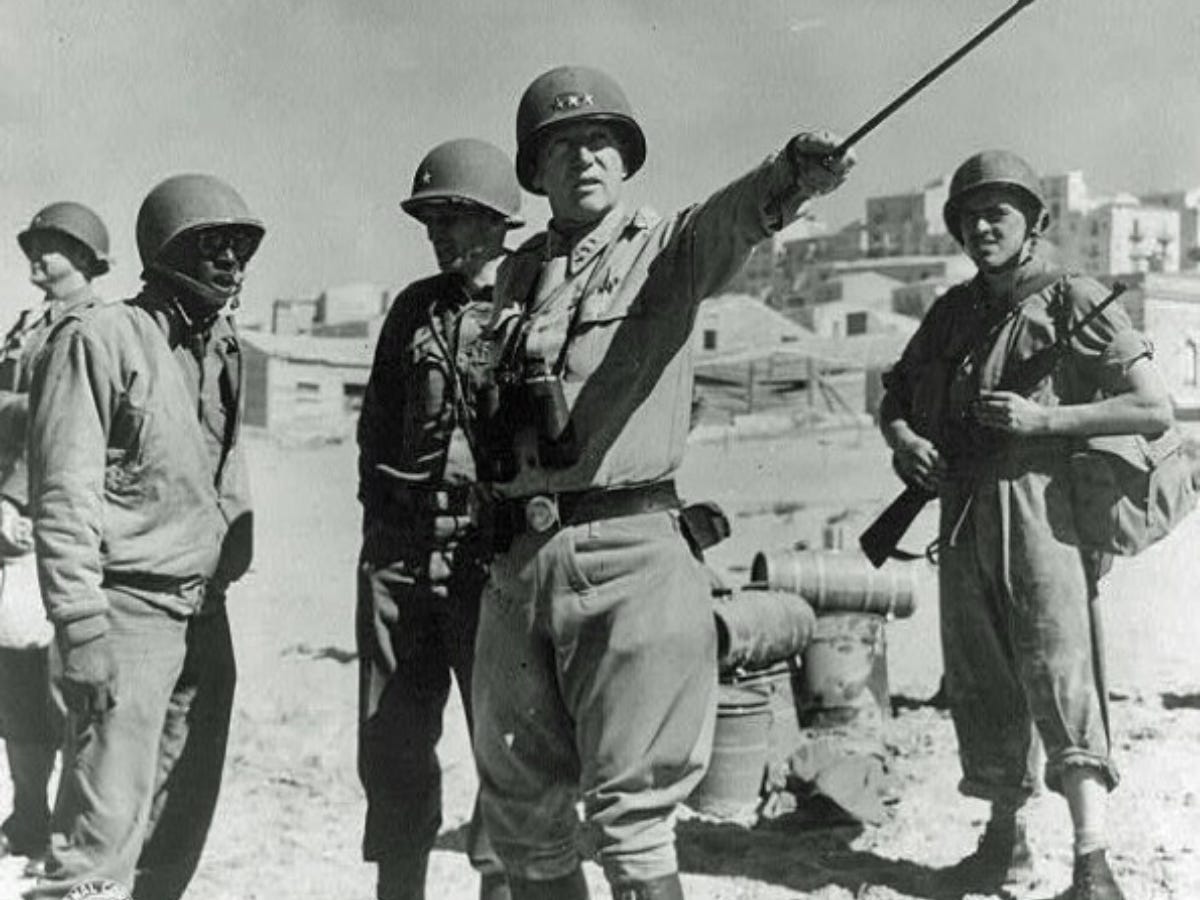
Atkinson’s introduction sets the stage for how the United States entered World War II against Nazi Germany and mobilized its army, but it also has several lines that stopped me dead in my tracks. I couldn’t help but notice the parallels between these sentences about war, life and death, and history to sports, especially the last few years of the Texas football program.
I need to note that war and defending freedom through our country’s military sacrifices are infinitely more important than the silly little games we play and cheer for on Saturdays. But I still couldn’t help but draw parallels. Here are a few lines that stood out:
“In September 1939, the U.S. Army had ranked seventeenth in the world in size and combat power, just behind Romania.”
The rebuilding “of the armed forces was likened to ‘the reconstruction of a dinosaur around an ulna and three vertebrae.’”
“Yet slowly the giant stirred.”
The dark ages of Texas football were like this period in the American military. The U.S. Army was reluctant to get into another war and fight, just as Texas was in the 2010s. Texas thought it could snap its fingers and hire Nick Saban, ignoring the messy politics that might try to (and did) kibosh the whole plot.
Longhorn coaches like (late) Mack Brown and Tom Herman and our many of our fans simply looked at star rankings associated with players and neglected development, leading to teams whose growth stunted early on while the Baylors, Oklahoma States, and TCUs of the world lapped them in the Big 12. But finally, Texas saw what kind of fight it had on its hands.
The program couldn’t just make the next hot hire, someone like Tom Herman, and expect things to be fixed. The entire operation needed to be audited and explored under the hood. Longhorn fans found out “winning was hard,” and there was no magic pixie dust. Thankfully, alignment at the top finally happened, as did players like Roschon Johnson, Bijan Robinson, and Sam Ehlinger.
Slowly, the giant stirred.
“The lay of the land also remains—the vulnerable low ground, the superior high ground: incessant reminders of how, in battle, topography is fate.”
College football constantly reminds us that the ground you’re standing on as a program matters more than anything else. You can have a great logo, strong recruiting class rankings, and the right scheme, but if your foundation is unstable, none of it matters. Texas was on shaky ground for more than a decade before Steve Sarkisian because of bad alignment between the athletic department and university higher-ups, a poor recruiting process, and the wrong hires. There was also the wrong conference fit in the Big 12. The rest of the league resented Texas for being Texas but gladly ate from its dinner table.
Meanwhile, Texas, prone to being a fat cat, didn’t take conference affiliation seriously enough until it saw just how far it could have been left behind by the SEC. Through the triumvirate of Chris Del Conte, Kevin Eltife, and departing president Jay Hartzell, Texas football was put back on solid ground. Then, Sarkisian was allowed to lay a strong foundation with the right coaches, players, and scheme. But ground is also influenced by factors outside of your control.
Texas has benefited immensely from NIL putting player payments over the table rather than under it. The Longhorns never would have joined the SEC if pay-to-play was still in the form of Whataburger bags rather than collectives and Lamborghini endorsements. Texas fans can also thank Lincoln Riley and Jimbo Fisher for torpedoing the momentum of Oklahoma and Texas A&M while their respective athletic departments ensured their ships sank to the ocean floor.
Top 10
- 1Breaking
Derrion Reid
Alabama SF enters transfer portal
- 2New
No More Nico
Neyland removes QB pics from stadium
- 3Trending
Mario Cristobal
Miami HC warns team on holdouts
- 4
DJ Lagway injury
Florida QB's timeline updated
- 5
Flau'Jae Johnson
Posts cryptic LSU message
Get the On3 Top 10 to your inbox every morning
By clicking "Subscribe to Newsletter", I agree to On3's Privacy Notice, Terms, and use of my personal information described therein.
“There is soul to an army as well as to the individual man, and no general can accomplish the full work of his army unless he commands the soul of his men as well.”
One of my favorite Sarkisian lines at Texas is, “Culture isn’t a word you wear on a t-shirt.” Sark has transformed the Texas program into one that is powerful, resilient, and humming. When Texas has been more than a sleeping giant, it’s because the difficult bridge has been connected at the coaching level of being a player’s coach or a mad scientist. John Mackovic, Tom Herman, and Fred Akers were mad scientists. David McWilliams and Charlie Strong were player’s coaches. Steve Sarkisian and his staff have done both.
Bridging the cavern allows a coaching staff to simultaneously develop holdovers like Jahdae Barron into stars while recruiting blue-chippers like Anthony Hill and allowing them to flourish on the same team. It’s how you see a situation like Quinn Ewers passing the torch to Arch Manning play out almost perfectly, much to the chagrin of NCAA pundits. Sark getting the blessing of the Manning family after a 5–7 start was an enormous data point in his favor.
But culture and winning the hearts of your players manifest on the field too, like the goal-line stop against Kansas State, Jordan Whittington running down an interception and forcing a fumble, or Silas Bolden sprinting 60 yards to recover a fumble in the end zone. The ability to channel a player’s talents into performance while “commanding men’s souls, hearts, and legs” leads to plays like fourth and 13.
“The last war was a war to end war. This war’s to start ‘em up again.”
One thing the last few years of college football have shown us is that the arms race is never finished. There will never be a long period of stability again. To think things are settled in the form of conferences, NIL, television, or a playoff is naive. Most Texas fans remember exactly where they were when the news of the SEC move was announced. Though there might not be Texas-specific earth-shaking news like that again, more earth-shaking will occur. The conflicts in this sport are never over.
“The dead resist such intimacy. The closer we try to approach, the farther they draw back, like rainbows or mirages. They have outsoared the shadow of our night to reside in the wild uplands of the past. History can take us there, almost.”
“For among mortal powers, only imagination can bring back the dead.”
The time spent inside the mind of a college football fan is divided between daydreaming and nostalgia. We dream about the future of our teams and what it might hold for them and ourselves.
We also long for the past—the players we loved, the plays we can still see, the memories our hearts yearn for. When done in isolation, fandom is lonely and unfulfilling. When you participate in it communally, it has infinite value. Through other fans, you have access to the memories and legends you didn’t witness yourself, like 53 Veer Pass or Phillips to Speyrer.
It’s how I can have such a strong bond to someone like Earl Campbell and all he represents, despite the fact he left Austin 13 years before I was born.
We rely on our imaginations and others to take us back to the fields, to the games we wish we had seen. I try to recreate images like 4th and 5 for my children. The practice almost gets them there. Not quite, but it’s the best I’ve got.
[Join Inside Texas TODAY for just ONE DOLLAR!]
It’s the piece of this silly, messy sport we should never lose.




